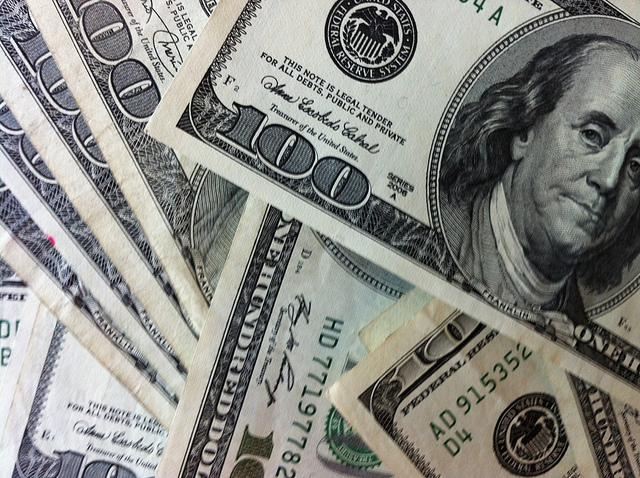 On August 20, the Wall Street Journal published an article entitled “Rise of the Five-Figure Bicycle,” which discussed the increasing costs of luxury bikes and the cyclists who are willing to pay for them.
On August 20, the Wall Street Journal published an article entitled “Rise of the Five-Figure Bicycle,” which discussed the increasing costs of luxury bikes and the cyclists who are willing to pay for them.
Author Rachel Bachman discussed the story of Ted Perry, a man who took money out of his 401(k) to purchase a bicycle worth more than his car. The $20,000 speciality bike, Perry argued, is worth its price tag for how much use the bike will see.
“I can’t afford the nicest car or the nicest house,” Perry was quoted as saying. “Once you buy it and ride it, it becomes an extension of you, almost.”
The custom welding, titanium frame, and lightweight structure of the bike apparently make $20,000 for a two-wheeler seem like a very fair price for Perry, who drives a simple 2007 Honda Civic. Since Perry bicycles about 150 miles a week, his custom bike is likely to spend more time out on the road than his car.
In addition to Perry’s specific situation, the article told the story of how overall bike prices continue to rise, month by month and year by year. According to the article, the average price of an “ordinary” bike from the bike store now stands at over $1,000, with more and more luxury models finding their way onto the market. While wholesale locations like Wal-Mart continue to sell large amounts of basic bikes for around $100 each, those individuals serious about biking are heading to specialty bike shops and spending what many would consider to be “top dollar.”
Bachman suggests one potential theory about the success of these models: as a whole, cyclists are both 1) more competitive than the average person and 2) more financially well-off than the average person, meaning that specialty bikes would thrive in a market where bike enthusiasts are shopping.
So what actually makes these “luxury” cycles different from their everyday counterparts? According to the article, the answer is fairly simple: high-performance materials, such as titanium and carbon fiber, as well as technologically advanced components like electronic gear-shifting systems. While these factors may not sound like a big deal to the average American, for cyclists, they can mean a difference as large as $10,000.
The article states:
“Trek, a leading bicycle manufacturer, offers seven stock models priced at more than $11,000. A growing number of small companies make hand-built bicycles, which can be far more expensive than mass-produced ones. Ben Cox, owner of the Newbury Park Bicycle Shop, in Newbury Park, California, says he sells five to ten bikes a week at $10,000 or more. For a handful of his customers, Cox says, ‘there is no ceiling.'”
The article also quotes the Sports & Fitness Industry Association as reporting that 30% of serious cyclists have household incomes of over $100,000, compared to the 22% of the overall population who fall in that elite income bracket. Still, this means that those cyclists who purchase luxury bicycles are spending more than 10% of their before-tax income on an item that could be purchased for 1/1o or even 1/100 of the price. While the hefty price tag may be worth it to some cyclists, it is safe to say that the majority of everyday riders will remain content with a bike that keeps a bit more money in their wallets.
Photo Courtesy of Philip Taylor and Creative Commons
